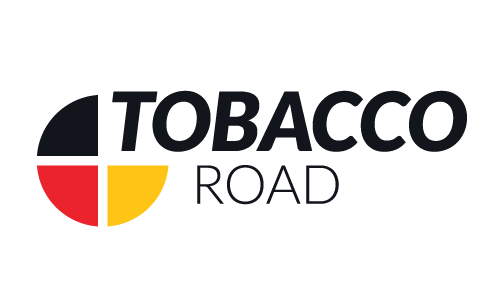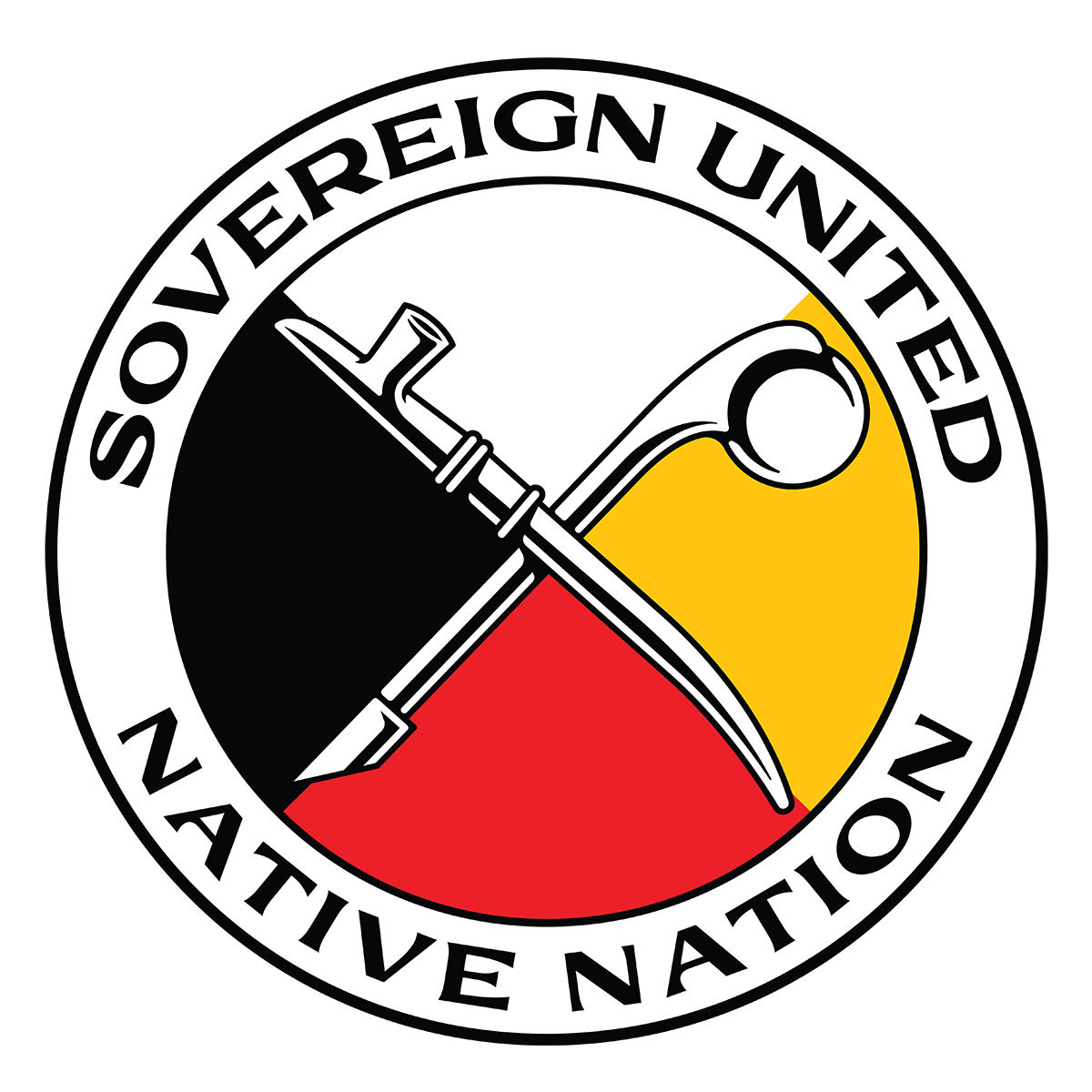Your cart is currently empty!
The Difference Between Native and Commercial Cigarettes
If you’ve been exploring alternatives to big-brand tobacco, you’ve likely come across Native cigarettes. But what sets them apart from commercial cigarettes sold in corner stores?
In this article, we break down the key differences between Native and commercial cigarettes — from how they’re made and priced to who they support and how they’re regulated.
1. Who Makes Them
Commercial Cigarettes:
Produced by major tobacco corporations like Imperial Tobacco, Rothmans, and Philip Morris. These companies operate large-scale factories and distribute nationally and internationally.
Native Cigarettes:
Produced by Indigenous-owned companies, typically operating on First Nations reserves in Canada. These businesses are often family-run or community-owned, with a focus on economic self-reliance and sovereignty.
2. Pricing & Taxes
Commercial:
Highly taxed under federal and provincial laws. Taxes make up a large portion of the price — which is why a pack can cost $15–$20 in some provinces.
Native:
Often sold tax-free or at a reduced tax rate when purchased on-reserve or through authorized Indigenous retailers. This allows for lower prices, with packs often available for $5–$10.
Note: The legal framework varies by province and by who is purchasing (Indigenous vs non-Indigenous).
3. Ingredients & Processing
Commercial:
Usually contain chemical additives, flavor enhancers, and preservatives. Many are designed to burn quickly and consistently for mass production.
Native:
Tend to be minimally processed, with fewer additives and a more natural tobacco blend. Some brands are described as “cleaner” or “more traditional,” offering a different smoking experience.
4. Packaging & Branding
Commercial:
Highly regulated packaging: plain designs, large health warnings, and branding restrictions.
Native:
Packaging varies by brand and seller. Some come in simple bags or boxes without federal labelling, especially when sold from Indigenous territories. Health warning requirements may differ depending on jurisdiction.
5. Where You Can Buy Them
Commercial:
Available at any licensed retailer: gas stations, grocery stores, and convenience shops across Canada.
Native:
Usually sold:
- On First Nations reserves
- Through Indigenous-owned online stores like Tobacco Road
- At specialized Indigenous vendors that serve both Indigenous and non-Indigenous buyers
Buying from these sources directly supports Indigenous businesses and communities.
6. Cultural and Economic Impact
Commercial Cigarettes:
Profits go to multinational corporations, and very little (if any) benefit flows back to Canadian communities.
Native Cigarettes:
Purchasing these products helps sustain Indigenous economies, protect treaty rights, and support the principle of economic sovereignty for First Nations people.
Final Thoughts
While both products serve the same purpose, Native cigarettes offer a more affordable, community-driven alternative to commercial brands. They’re rooted in Indigenous ownership, made with different processes, and often favoured by Canadians looking for cost savings and cultural awareness.
If you’re ready to explore Native smokes for yourself, check out Tobacco Road — a trusted source for Indigenous tobacco products delivered anywhere in Canada.



